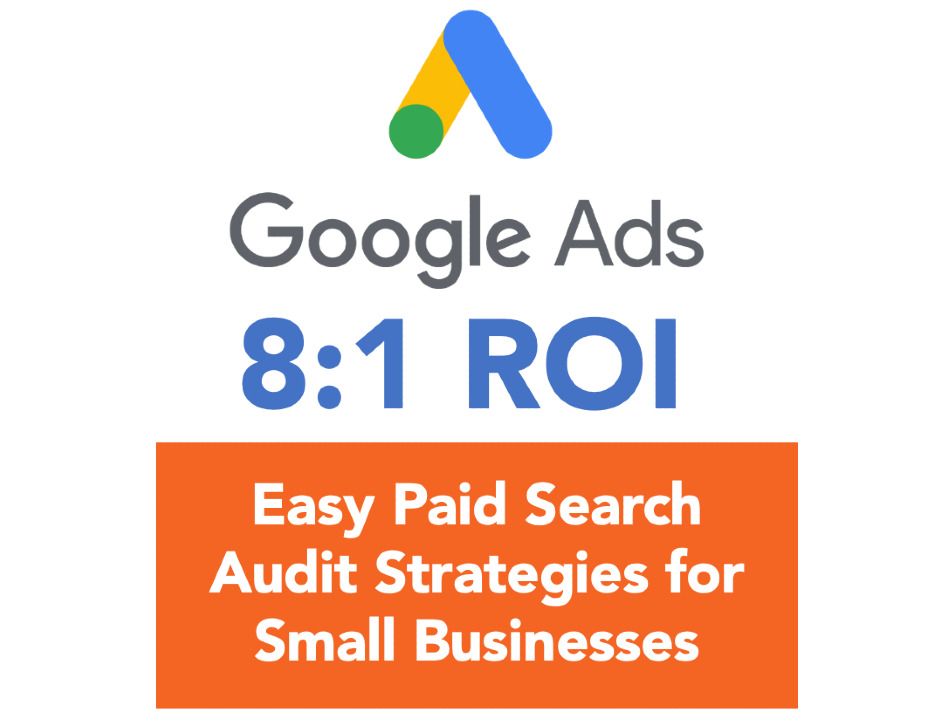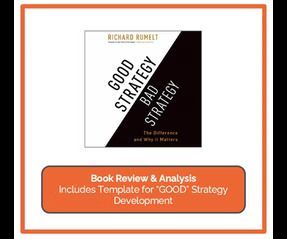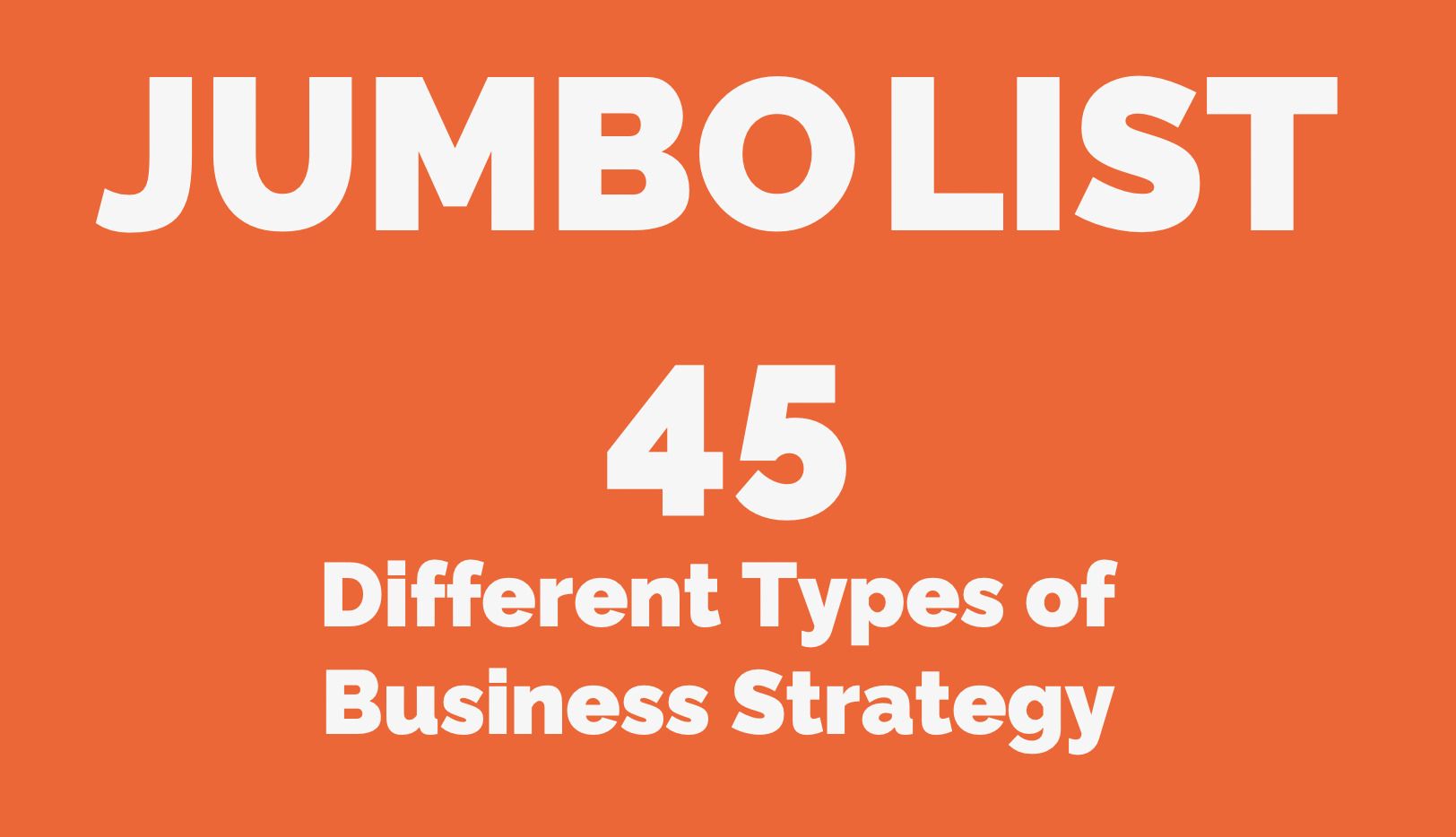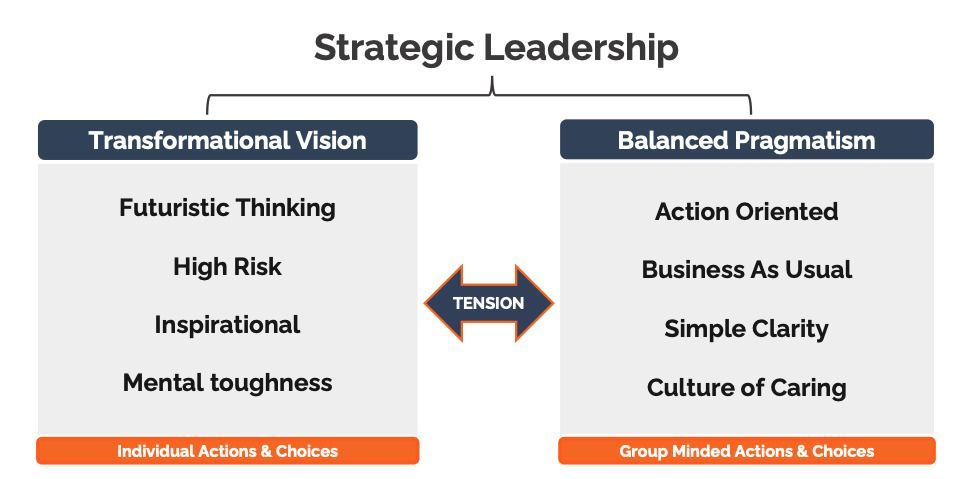Strategies vs. Tactics: What They Are, How they're Different & Connected, & Why You Should Care
By Adam Fischer • September 24, 2025
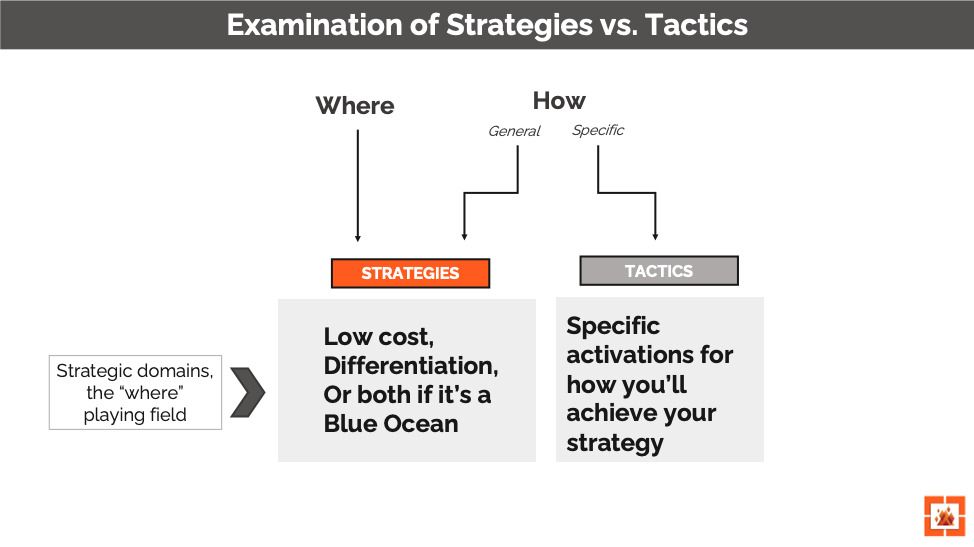
People confuse strategies and tactics all the time, and simple definitions are inadequate.
Does it even matter?
The answer is an undeniable – yes. Too often, leaders don’t grasp the difference until it’s too late; then hindsight kicks with the inevitable realization, “I was being too tactical and forgot about strategy.”
We won’t let that happen to you.
This article will demonstrate the separation and connection points between strategies and tactics, affording you a much clearer notion. Be prepared – we’ll dive deep into the nuances but also provide a crisp marketing strategies and tactics example using an Amazon case study.
How Strategy Fits in with Strategic Planning
With all its subtleties, strategy is a language in and of itself. When we think of strategy within the broader GOST framework for strategic planning (a model for goals, objectives, strategies, and tactics you can find here) it’s clear that the S represents strategy. However, people often refer to strategy as the entire plan for your company or initiative.
Point being, strategy can be an umbrella term for planning. The irony is that when people say, “our strategy is X, Y, Z,” they often mention goals, objectives, and tactics, leaving strategy out.
The Components of Strategies and Tactics
With the pervasive confusion around these two terms, let’s take a closer look to define and understand them.
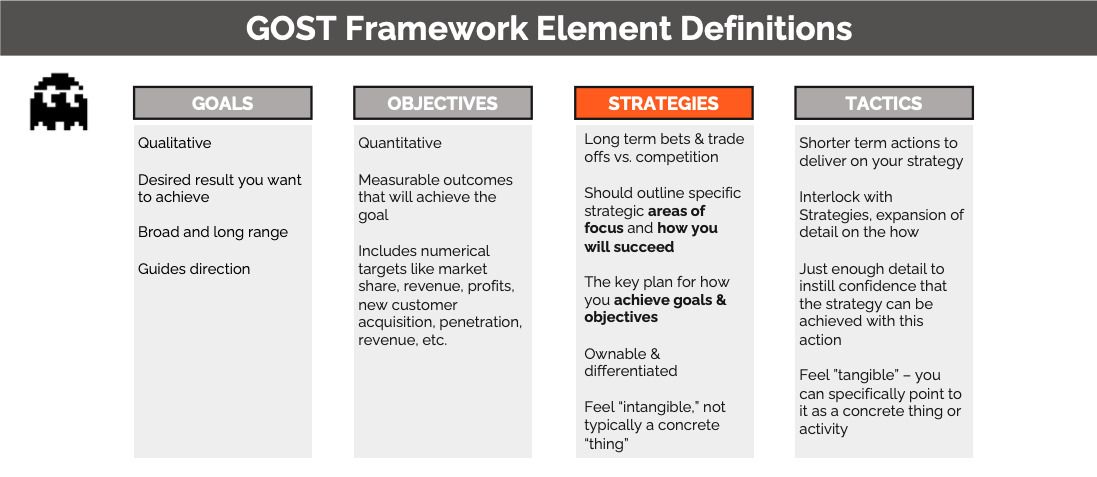
Elements of a Strategy
Strategies are your plan for how you’ll drive competitive advantage to achieve long term goals. They are typically not tangible, which is why people struggle to define the term. Strategy is not about targets or numbers or concrete actions, they are the areas of focus for how you choose different actions and results vs. the competition.
Why do strategies get forgotten? Their intangible nature is why they get left out. They are difficult to develop because a strong understanding of your market, customers and competition is needed in order to create differentiated, enduring strategies.
Strategy Pressure Test: The key to getting strategies right
Here’s a trick for pressure testing if you have a genuine strategy: you must be able to choose to say “No, I won’t do that” in order for it to be a bona fide strategy. Why? Because the essence of strategy is choosing what not to do.

Elements of Tactics
Tactics are the specific, tangible actions that help you achieve your strategy. They are shorter term and more opportunistic in nature than strategies. They are the detail on how you will activate your strategy.
Why are tactics mistaken for strategies?
The hard work of developing a strategy (research, data analytics, internal assessments, etc.) is often jettisoned in favor of short term, tangible tactical plays. Paradoxically, you may appear more organized and productive when you go right to the tactics because tactics are easier to recognize and follow.
Always be cautious when you work with a marketing agency that has an incredible arsenal of tactical activations, but little wherewithal for what your marketing strategy is and should be.
A simple example of strategies and tactics
Knowing how strategies and tactics fit together puts you in a stronger position to help achieve your goals.
Say you want to go from New York to Los Angeles (your goal) by the end of the month while seeing three tourist destinations (an objective). A strategy without tactics is like saying, “We’ll head west,” but not bothering to book an airline ticket or rent a car or use a map. Yeah, you might get there with last minute plans and hitchhiking in the dark, but even if you do, it will cost you time and be more arduous than if you come up with a plan for how you’re going to get there.
Tactics without a strategy, on the other hand, are more like buying a map of Cleveland (because it’s on the way, right?), renting a car, and booking a flight to Montreal because you heard there might be a connecting flight to LA. The result is a lot of busy, tactical actions, with very little to show for it. It might look like progress, but it’s probably just commotion.
Having a clear strategy for getting to Los Angeles and defined tactics for carrying it out will make your trip faster, less expensive, and a lot more fun.
How Are Strategies and Tactics Different Yet Related?

The above slide show the separation and connection of strategies and tactics; notice the overlap in the how aspect of each.
Strategies are your plan for where you’ll put your focus in order to achieve your goals and they break down into two components, where and how:
“Where” Strategy
When we talk about the “where” of strategy, we’re referring to the strategic domains that help set your business apart: the industry, geographic regions, consumer segments, and so on. For example, an online bank that specifically serves American college students has a well-defined industry, region, and consumer segment.
“How” Strategy
The “How” of strategy is either low cost or differentiation. In some cases, a company might do both, but more typically, it will focus on either being cheaper than the competition or differentiated (e.g., more convenient, more exclusive, better customer service, etc.).
A bank may choose focus their how strategy on helping college students prepare for adulthood by being smarter about their money, differentiating vs. other banks on campus.
Tactics are the other part of “how.” They’re the specific, actionable steps that you can take in support of your strategy.
Using our college bank example, tactics could include creating products that help your student customers build a credit history, get affordable student loans, and learn basic budgeting skills.
How to Connect Strategies and Tactics Together?
Here’s a trick.
The relationship can be made simple by writing out a strategy statement.
Take a look at the Amazon example below. Take the strategy, then link it to the tactic with the addition of the word by to create a strategic statement. A strategy statement will contain a holistic view of the strategy plus tactic working together.
Drive awareness of Amazon lockers in Whole Foods (strategy) by sending an e-mail campaign to existing Whole Foods customers (tactic).
This makes the relationship between strategy and tactics clear.
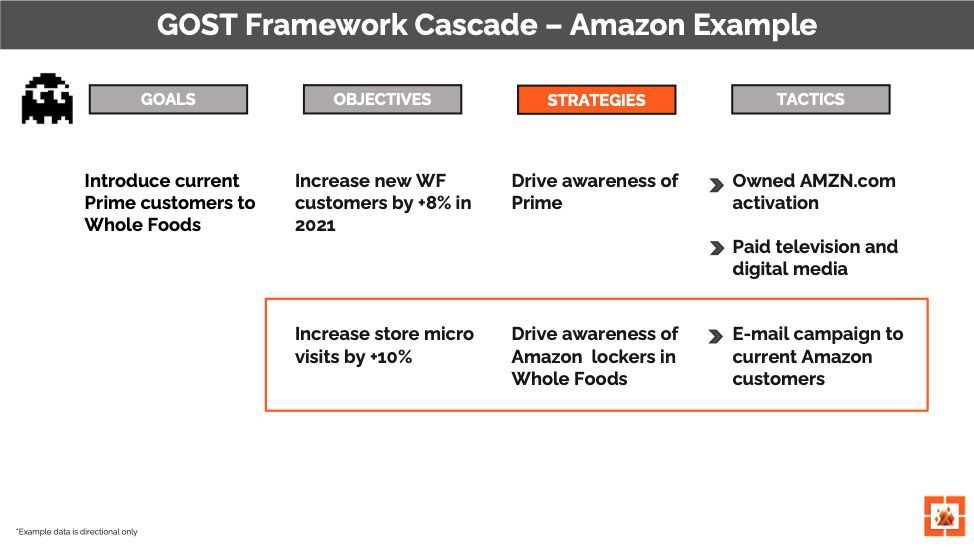
Conclusion: What Understanding Strategy & Tactics Means for You
Don’t fall in to the trap of confusing strategies and tactics. You can’t achieve your goals and objectives by being tactical alone, at least not for long. The benefit of a well-crafted strategy is that it points your business efforts in the proper direction to drive growth and sustainable competitive advantage. If your strategy or tactics are missing, vague, or poorly understood, getting clarity on what they are allows you to course correct.
Poorly defined or non-existent strategy?
Put in the hard work of identifying strategies that deliver a unique mix of value vs. the competition and distinctly help you achieve your goals, and focus your energies there. (EBOOK LINK)
Does your strategy meet our pressure test – could you say no to doing it?
Remember that the essence of strategy is choice. You must choose where to focus and where not to focus in order to drive differentiated value.
Few to no tactics?
Plan out the tactical actions that best support your strategy, as in our Amazon example.
If you get it right, you’ll see the forest for the trees, and craft strategic plans that solidify competitive advantage.
We hope this has helped clarify the difference between strategies and tactics.
Now we’d like to hear from you—do you have questions? Ideas to add? Examples from your own experience?
Adam Fischer is a marketer with 10+ years of experience in brand management and digital marketing. He’s challenged conventional assumptions and taken bold moves to drive growth for small businesses like Dogeared Jewelry to multi-billion-dollar companies like CVS Health and Nature Made Vitamins. He leverages his B.S. in Philosophy from Northeastern University to ask questions that get to the heart of business issues, while his MBA in Marketing from the Thunderbird School of Global Management at ASU translates management philosophy into real strategic growth.
Insights to fuel your marketing business
Sign up to get industry insights, trends, and more in your inbox.
Contact Us
We will get back to you as soon as possible.
Please try again later.
Latest Posts
